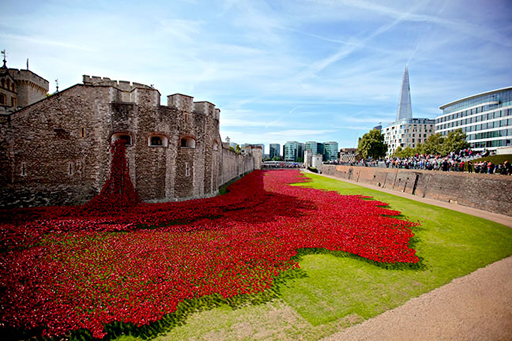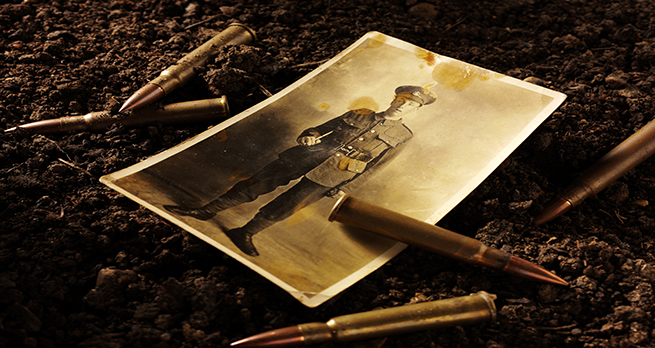3.3 Summary

Figure 19 Blood Swept Lands and Seas of Red, created by ceramic artist Paul Cummins at the Tower of London in 2014.
This brings you to the end of this course on trauma and memory in the First World War. You have learned about:
- the various forms of physical and mental trauma suffered by those who fought in the First World War
- how to conduct your own research into First World War casualty statistics, and why these statistics continue to pose challenges for historians
- the traumatic experiences of civilians in wartime caused by enemy atrocities, aerial bombing, hunger and disease
- the expression of grief and trauma during and after the war through art and literature
- how attitudes to shell shock have developed after the war and how mental trauma has been treated at different times in the twentieth century.
With the centenary commemorations of the First World War coming to an end, and as we commemorate the end of the war, it is timely to study the conflict. Whatever your previous knowledge of the war, hopefully this course has developed your understanding of a period of history that continues to inspire debate among historians.
